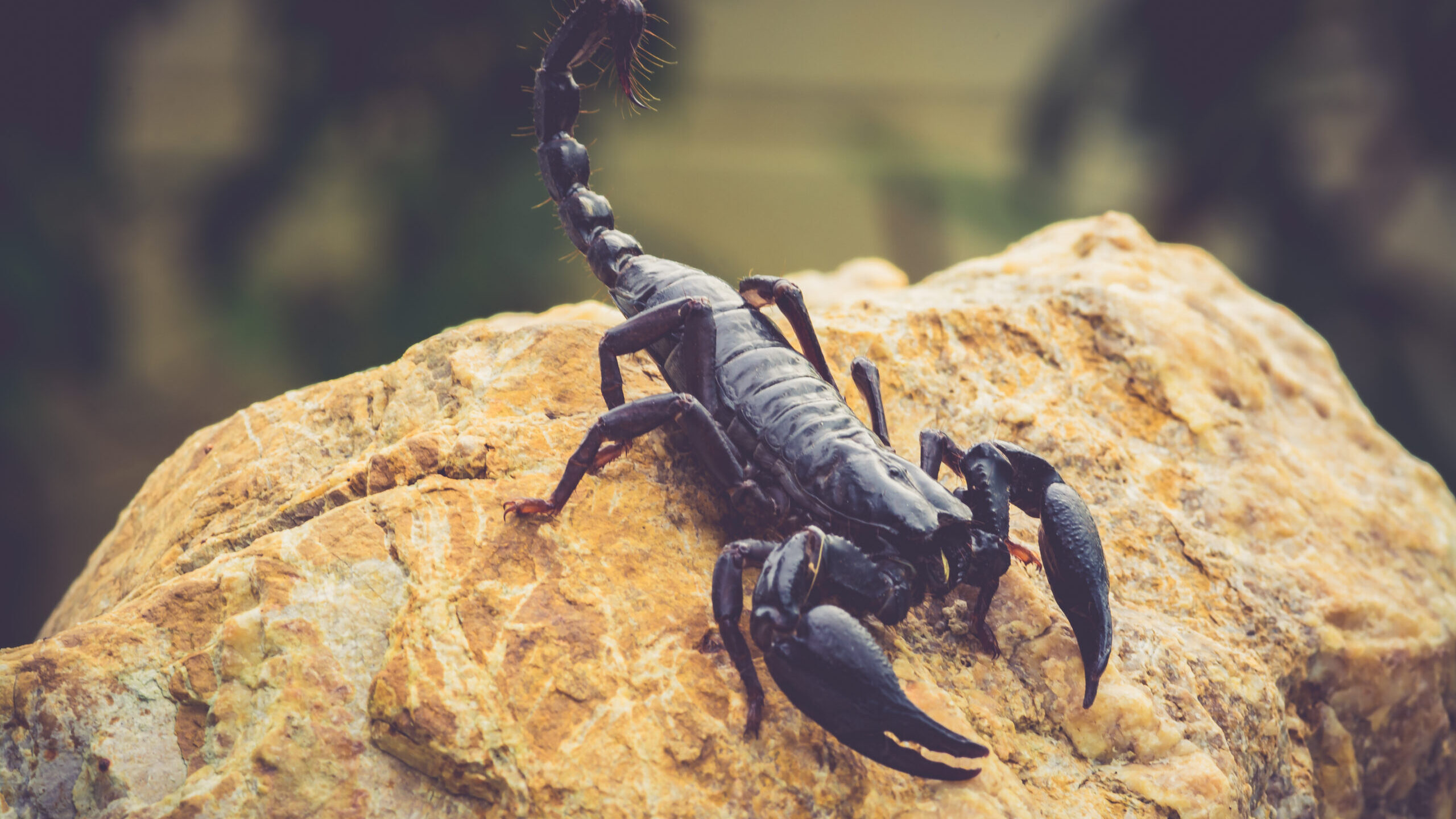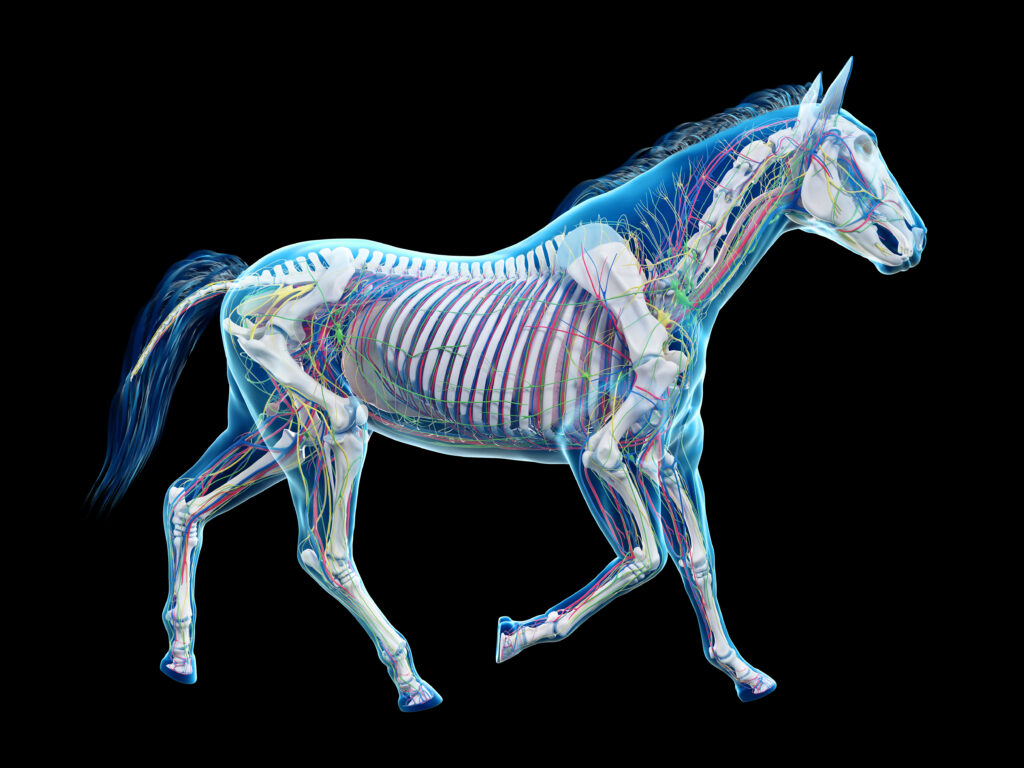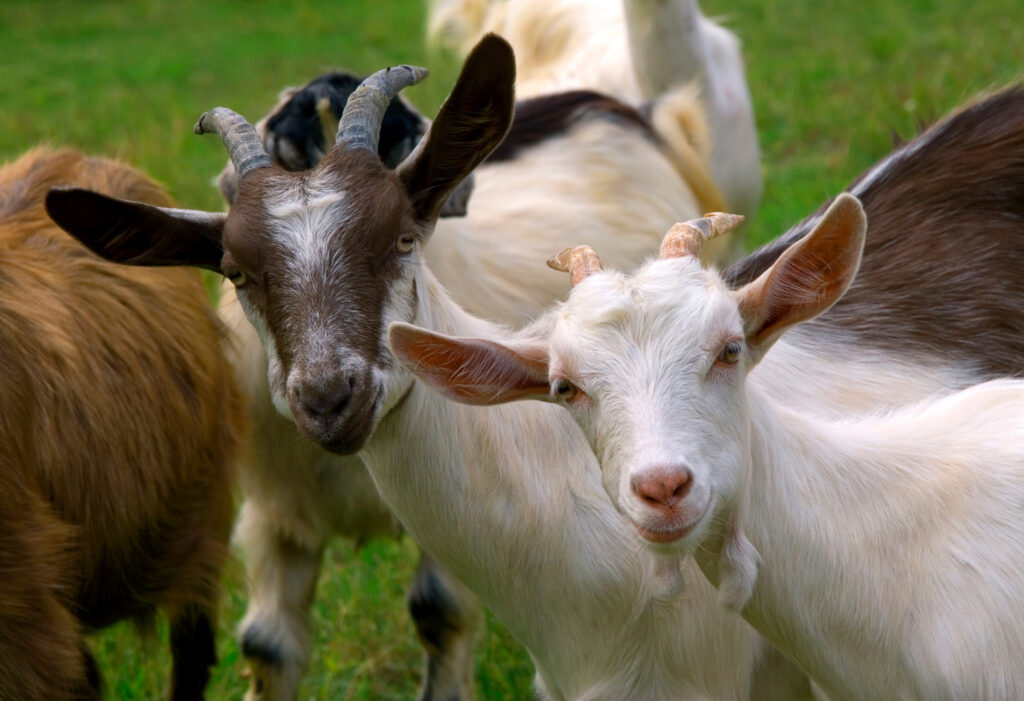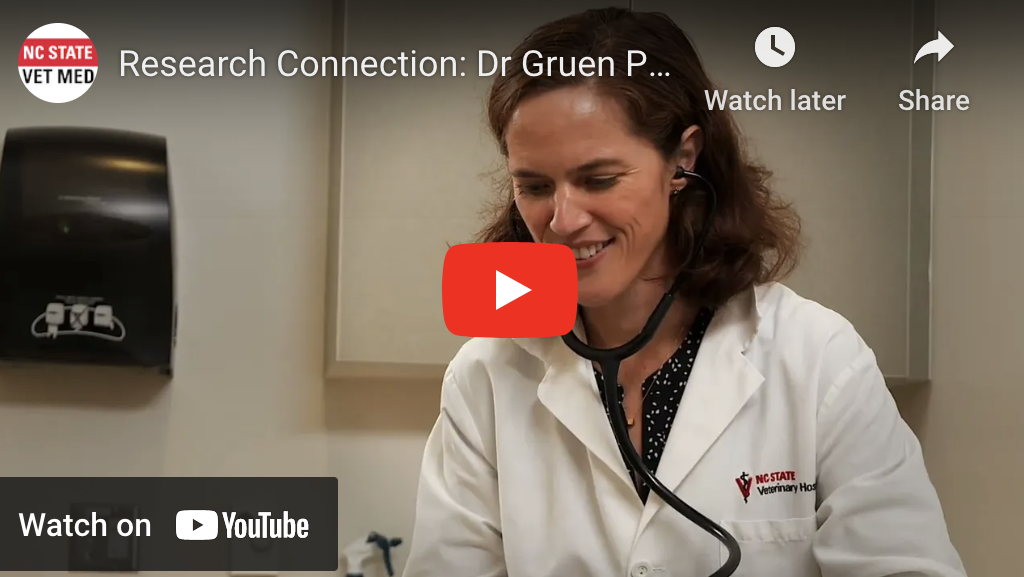NC State Veterinary Medicine Research Roundup, October 2022
From safe anesthesia for scorpions to a new way to track a virus in swine, here’s a look at some of the latest published studies from the CVM.

Using a Thoracoscope to Assist in Lung Lobectomies in Dogs
An international team of researchers, including Valery Scharf from the NC State College of Veterinary Medicine Department of Clinical Sciences, participated in a study testing the effectiveness of using a thoracoscope during a procedure to remove a lung lobe in dogs suffering from lung lesions, primarily cancerous lesions. A thoracoscope involves a less invasive procedure than otherwise necessary in such lobectomies. Results of the cases in this study determined that thoracoscopic-assisted lung lobectomy had few major complications in the population reported here. Dogs were able to be discharged from the hospital quickly, with most surviving beyond the follow-up period.
The study was published in the journal Veterinary Surgery.
Read it here: https://onlinelibrary.wiley.com/doi/10.1111/vsu.13886
Testing a Safe Anesthesia Protocol for Emperor Scorpions
With the increasing popularity of keeping certain invertebrates as pets, a safe and effective anesthesia protocol is needed for their veterinary care. In this study, a research team including Christopher Gaudette, Brianna Johnson and Robert Bakal from NC State investigated the safety and efficacy of 5% isoflurane anesthesia and 0.26 ml hemolymph collection in subadult to adult emperor scorpions. All animals were clinically normal for at least a year after the experiment.
The study was published in The Journal of Zoo and Wildlife Medicine.
Read it here: https://bioone.org/journals/journal-of-zoo-and-wildlife-medicine/volume-53/issue-3/2020-0095/HEMOLYMPH-COLLECTION-AND-ISOFLURANE-ANESTHESIA-OF-THE-EMPEROR-SCORPION-PANDINUS/10.1638/2020-0095.short
Developing a Mathematical Model to Understand the Transmission of Porcine Epidemic Diarrhea Virus
Since porcine epidemic diarrhea virus (PEDV) arrived in the United States in 2013, efforts to control the spread of the disease have had only partial success, and the dynamics of how it spreads have been difficult to quantify. An NC State research team including members from the department of statistics and Gustavo Machado and Cesar Corso from the College of Veterinary Medicine studied data on the history of PEDV infections in the southeastern United States, supplemented by farm-level features and extensive industry data on the movement of both pigs and vehicles. The team found strong evidence that local-transmission and pig-movement effects are associated with the spread of the disease. They concluded that quantification of these effects in a comprehensive model allows stakeholders to make more informed decisions about disease-prevention efforts.
The study was published in the journal Transboundary and Emerging Diseases.
Read it here: https://onlinelibrary.wiley.com/doi/10.1111/tbed.14739

Evaluating Cooling Rehabilitation Treatments to Heal Equine Injuries
Cryotherapy is a common cooling rehabilitation method used during the acute phase of equine musculoskeletal injuries, and it is especially beneficial for reducing inflammation around the injury and improving the patient’s overall recovery process. CVM researchers Carrie Jacobs, Erin O’Neil and Timo Prange recently conducted a study evaluating the ability of a commercial cryotherapy system (Game Ready Equine) to cool the metacarpal subcutaneous tissue and the superficial digital flexor tendon (SDFT) in horses.
The results of the study showed that adding intermittent compression while using the cryotherapy system has the potential to achieve lower temperatures and possibly greater reduction in inflammation. However, further studies would need to be conducted to determine the effect of longer treatment times, higher compression settings and the ideal temperature for both normal and diseased tissue to see benefits.
The study was published in Veterinary Surgery.
Read it here: https://onlinelibrary.wiley.com/doi/full/10.1111/vsu.13847

Studying the Spread of Salmonella in U.S. Goats
Not only are Salmonella species among the top five U.S. foodborne pathogens causing illness to humans, they are also a frequent cause of gastrointestinal disease in animals, including goats. However, there has not been much research done on Salmonella specifically in goats and goat products, such as meat and raw milk. As the number of goat operations grows and the popularity of goat meat, milk and agritourism keeps increasing, so does the need to study the potential for pathogen spread.
CVM’s Stephanie Hempstead, Catherine Gensler, Shivaramu Keelara, Paula Cray and Megan Jacob co-authored a recent study to determine Salmonella prevalence, assess the antimicrobial resistance profile of Salmonella isolates and evaluate the genotypic diversity of Salmonella from goat feces across the U.S. Results showed the occurrence of Salmonella in goat feces in the United States is quite low and remains vulnerable to antimicrobials. In order to maintain the safety of both human and animal health, researchers suggested continued surveillance of the industry in the United States to help guide decisions on goat operations and multi-use agriculture operations.
The study was published in Preventative Veterinary Medicine.
Read it here: https://doi.org/10.1016/j.prevetmed.2022.105766
Research Connection: Do dog breeds differ in pain sensitivity? With Margaret Gruen and Rachel Caddiell
We, as humans, know that all of our bodies respond differently to pain, but what about individuals in other species? In this two-year study funded by the American Kennel Club, Dr. Margaret Gruen and her team, including Ph.D. student Rachel Caddiell, recruited over 180 dogs from 10 breeds and performed a series of individual tests (with treats!). They are analyzing massive amounts of data to answer the question: Are there actual breed differences when it comes to pain sensitivity?



